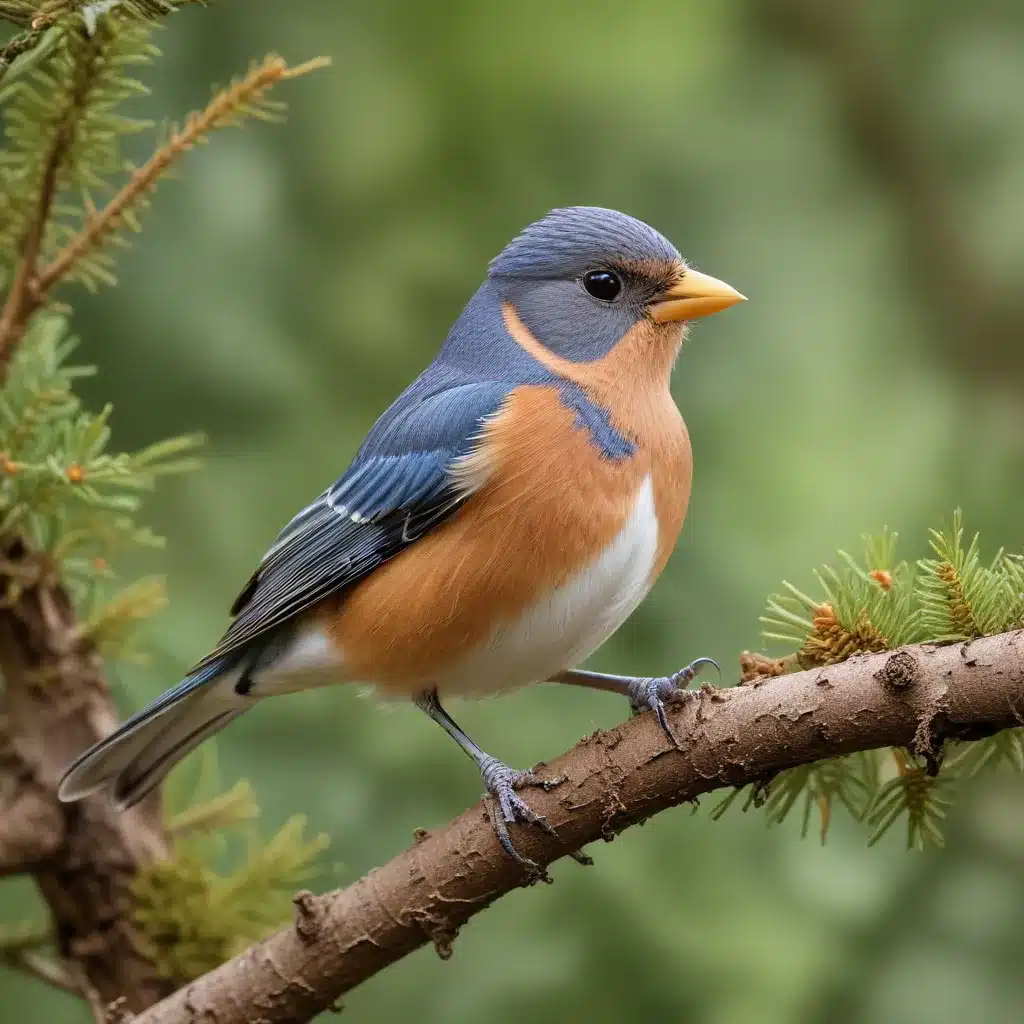
As an experienced avian caretaker and expert in bird species, breeding, care, habitat setup, nutrition, health, training, exotic species management, behavior interpretation, adoption practices, enrichment techniques, safety protocols, seasonal care, FAQs, customer testimonials, bird rescue, product assessments, travel advice, debunking myths, and events/news in the avian community, I’m delighted to share my insights on enriching the lives of our feathered friends throughout the year.
Bird Behavior and Enrichment
Avian Ethology
Understanding the natural behaviors and social needs of our avian companions is crucial to providing them with a fulfilling life in captivity. Each bird species has unique instincts, communication methods, and social structures that shape their daily activities and interactions. Parrots, for example, are highly intelligent and social creatures that thrive on mental stimulation and forming close bonds with their “flock” – whether that’s their human caretakers or other birds.
Observing and respecting these species-specific behaviors is the first step in creating an enriching environment. Cockatoos, known for their affectionate yet temperamental nature, may become territorial and aggressive during breeding season, while lovebirds and parrotlets prefer to live in bonded pairs or small groups. Incorporating these natural tendencies into your bird’s habitat and daily routines can make a significant difference in their overall well-being.
Bird-Friendly Habitat Design
The physical setup of a bird’s living space is just as important as understanding their behavioral needs. Providing a stimulating and safe enclosure starts with selecting the right size cage or aviary and furnishing it with natural perches of varying diameters, textures, and heights. Positioning these perches to encourage flight and climbing is crucial, as birds are inherently active creatures that need ample space to move around.
Incorporating native plant life into the habitat not only adds visual interest but also offers foraging and nesting opportunities. Many birds, like finches and canaries, are attracted to the seeds, flowers, and cover that indigenous flora provides. Be mindful, however, to research any potentially toxic plants that may pose a risk to your feathered friends.
Seasonal Considerations for Birds
Spring Enrichment
As the days grow longer and temperatures rise, our avian companions begin to experience the hormonal changes associated with breeding season. This time of year can bring about some interesting – and sometimes challenging – behaviors that require extra attention and enrichment.
Offering nesting materials like shredded paper, untreated twigs, and soft fabrics can satisfy their innate urge to build a cozy home. However, it’s important to closely monitor this activity, as overenthusiastic nest-building can lead to excessive egg-laying, which can be taxing on a bird’s health. Providing a variety of foraging toys and food puzzles can also help redirect their energy into more constructive pursuits.
Summer Enrichment
The hot, sunny days of summer call for enrichment that helps birds stay cool and hydrated. Misting systems, shallow water dishes, and frozen treats (like fruit juice popsicles) can provide welcome relief from the heat. Additionally, introducing new foraging opportunities, such as hiding food in paper bags or cardboard boxes, encourages natural foraging behaviors and keeps them mentally engaged.
Autumn Enrichment
As the leaves begin to change and the days grow shorter, our feathered friends may start preparing for their seasonal migrations or molting. Providing extra insulation, such as cozy nesting boxes or fleece-lined perches, can help them stay warm and comfortable. Introducing new foraging and preening toys can also help ease the stress of this transitional period.
Winter Enrichment
During the colder months, birds may require additional assistance to maintain their body weight and stay active. Offering high-calorie supplemental foods, like suet or seed-filled pinecones, can help them meet their increased energy needs. Incorporating interactive puzzle feeders and scatter-feeding techniques can also encourage natural foraging behaviors and provide mental stimulation.
Engaging Birds Through Play
Sensory Stimulation
Enriching a bird’s environment goes beyond just the physical aspects of their habitat. Engaging their senses through visual, auditory, and even olfactory stimulation can have a profound impact on their overall well-being.
Hanging colorful, movable toys or placing mirrors in their enclosure can pique their visual curiosity. Introducing novel sounds, such as nature recordings or species-specific vocalizations, can also spark their interest and encourage natural behaviors like singing or contact calling.
Cognitive Challenges
Birds are incredibly intelligent creatures, and providing them with mentally stimulating activities is crucial for their happiness and health. Puzzle feeders that require problem-solving skills to access hidden treats can challenge their cognitive abilities and satisfy their innate desire to work for their food. Foraging toys that encourage natural foraging behaviors, such as shredding, digging, or exploring, can also provide enrichment and prevent boredom.
Conservation and Rehabilitation
Threats to Wild Birds
While our companion birds may live in the comfort of our homes, it’s important to recognize the many threats facing their wild counterparts. Habitat loss, climate change, and human-wildlife conflict are just a few of the pressing issues that have led to the decline of countless bird species around the world. By supporting conservation efforts and raising awareness, we can all play a role in protecting these winged wonders for generations to come.
Rescue and Rehabilitation
For birds that have been injured, orphaned, or displaced from their natural habitats, rehabilitation centers like Mika Birds Farm provide a crucial lifeline. These dedicated facilities work tirelessly to nurse these feathered patients back to health, with the ultimate goal of releasing them back into the wild.
Throughout the rehabilitation process, caretakers employ a variety of enrichment techniques to ensure the birds’ physical and mental well-being. From providing specialized diets and medical treatments to designing enclosures that mimic their natural environments, these centers strive to give each bird the best chance at a successful return to their native ecosystems.
By supporting these vital conservation and rehabilitation efforts, we can all play a role in safeguarding the future of our avian friends, both in captivity and in the wild. With a little creativity and a deep respect for their natural behaviors, we can create enriching environments that allow our winged wonders to thrive.


